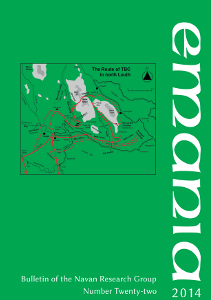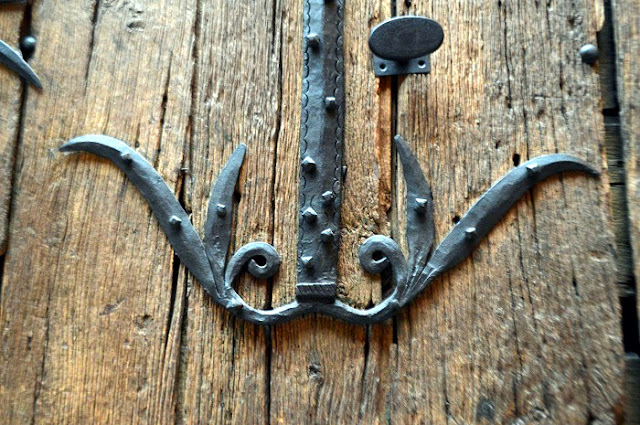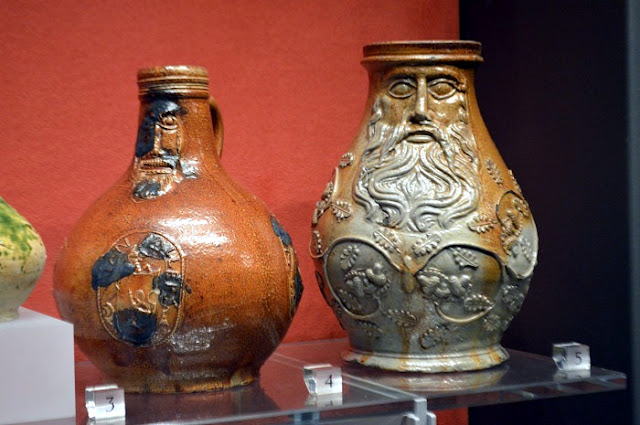In praise of Emania & independent publishers

I recently became aware that I had a couple of gaps in my collection of Emania, The Bulletin of the Navan Research Group. I promptly popped along to the http://www.curach-bhan.com website and they were soon in my possession. Today's post is a shameless plug for this great Journal and the hard work that Curach Bhán publications do to bring it together. Go on - have a look at their website, browse their wares, order a couple of volumes! If you want to see independent journals & their publishers* survive you've got to support them. Emania – Bulletin of the Navan Research Group 22, 2014 Ranke de Vries: The Ulster Cycle in the Netherlands J.P. Mallory and Gina Baban: Excavations in Haughey’s Fort East Meriel McClatchie: Food Production in the Bronze Age: Analysis of Plant Macro-remains from Haughey’s Fort, Co. Armagh Gina Baban: Late Bronze Age Pottery from the Excavations at Haughey’s Fort East Dirk Brandherm: Late Bronze Age casting debris and other base metal...


